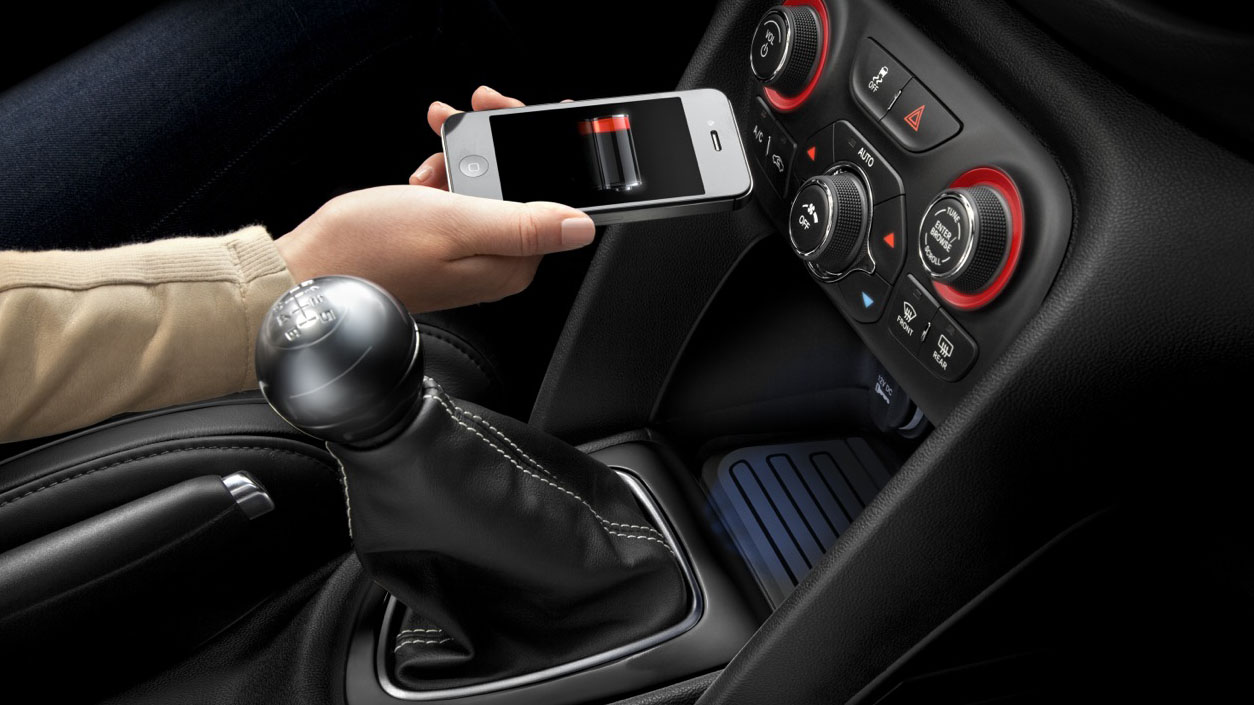Whatever happened to wireless charging?
The tangle of cables could be here for some time yet

In 1891, Nikola Tesla was one of the first people to demonstrate the concept of wireless power transmission, using high-frequency alternating current to illuminate gas-discharge lamps.
Tesla's dream was that one day, electricity could be beamed to homes, in much the same way that radio waves are.
One hundred and twenty years later, his dream has yet to become a reality, so what's the problem exactly?
While wireless charging does exist and can be found in devices such as electric toothbrushes anything that requires more than a few watts of power is still reliant on the wall socket for power delivery. There has been some progress in wireless charging for other portable electronics, too, but they systems aren't cheap and they have several drawbacks.
How does wireless charging work?
To appreciate the practical difficulties in transmitting power without wires, it helps to know a little about how electricity works. When an electrical current flows down a conductor, it generates a magnetic field, orientated at right angles to the conductor.
By creating a coil, the magnetic field is amplified and if a second coil is placed within the magnetic field of the first, then an electric current will be generated in the second coil, a process known as induction.
However, because the size of the magnetic field is proportional to the energy of the current running through the coil, and the fact that inductance over distance is a fairly inefficient transfer method, the two coils have to be placed in close proximity.
Sign up for breaking news, reviews, opinion, top tech deals, and more.
In an electric toothbrush, for instance, the two coils are less than 10mm apart. In order to increase the distance between the coils, both the size of the coils and the amount of current flowing through them, has to be significantly increased, although because the magnetic fields radiate in all directions, efficiency decreases.
Is increased resonance the answer?
One way to increase the efficiency and distance over which induction can occur, is to use resonance. Every object has a frequency at which it will naturally vibrate, called its resonant frequency. Researches at MIT discovered that if you enable the coils and fields to resonate at the same frequency, it increases the efficiency of the induction and were able to demonstrate this principle by using resonating coils to power a light bulb, over a distance of two meters.
With this sort of distance, the idea of being able to walk into a room and whatever gadgets you are carrying are immediately able to receive power from a transmitter buried in the wall or ceiling starts to gain some traction. Unfortunately, even though MIT demonstrated the principle nearly six years ago, the technology is still very much in the development stage.

Using larger induction coils is one way in which to increase transmission distance. In the MIT experiment, for instance, the coils were 60cm in diameter, but only about 45 per cent of the power was transmitted at two meters. With portable electronics, their size and the amount of free space within the casing is a major limiting factor.
An electric toothbrush is only used for a few minutes a day and spends the rest of the time being charged, so can have quite small coils. However, a smartphone has a very high capacity battery and using a standard charger, needs to achieve full charge in one or two hours.
Charging up vehicles
One area where the size of the coil doesn't really matter is in vehicles. Using specially built inductive roadways, trials have been run which enable an electric car or bus to receive power as it travels along the road. Wireless charging points built into bus stops and parking bays have also been successfully used to recharge on-board batteries, but it's still less efficient than physically plugging a cable in.